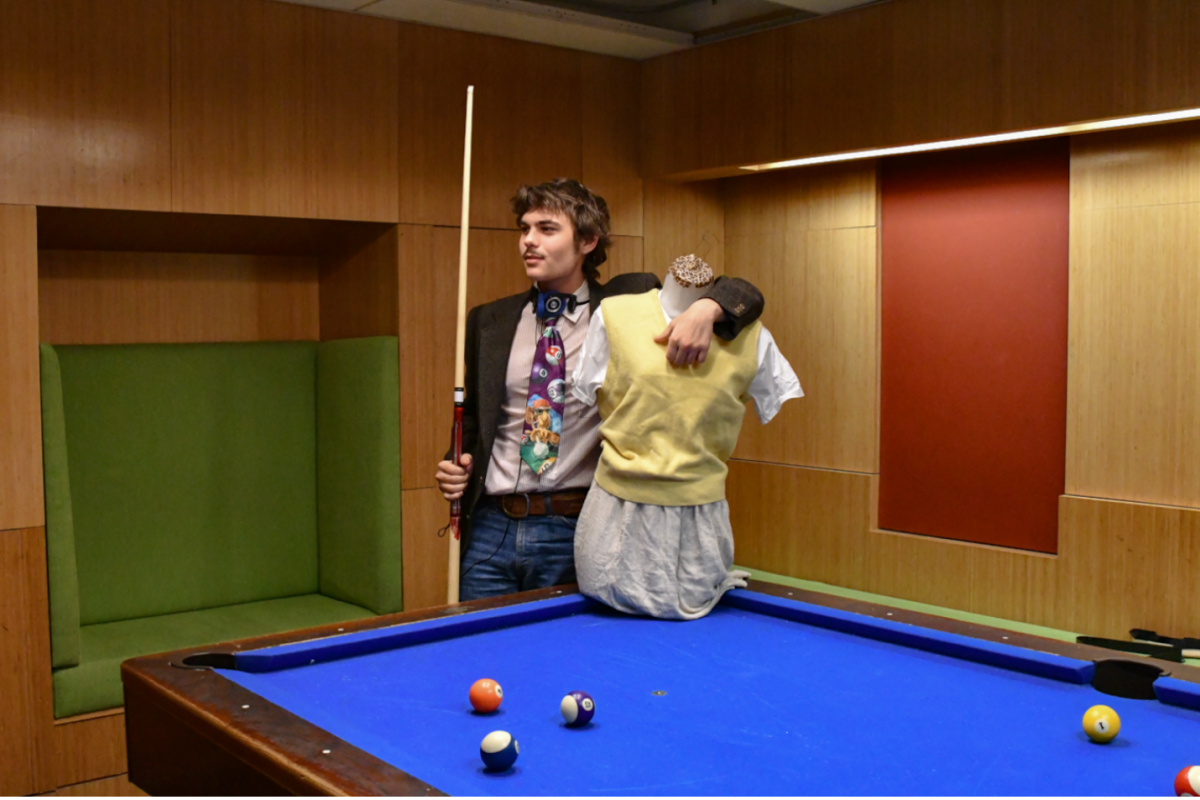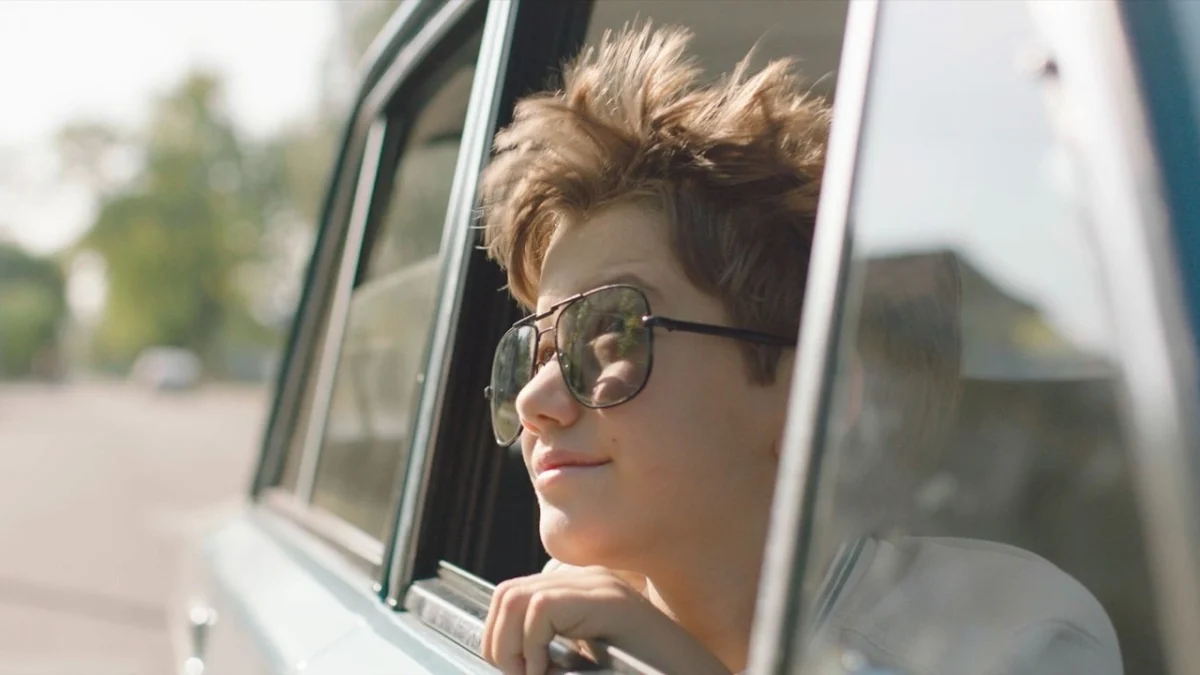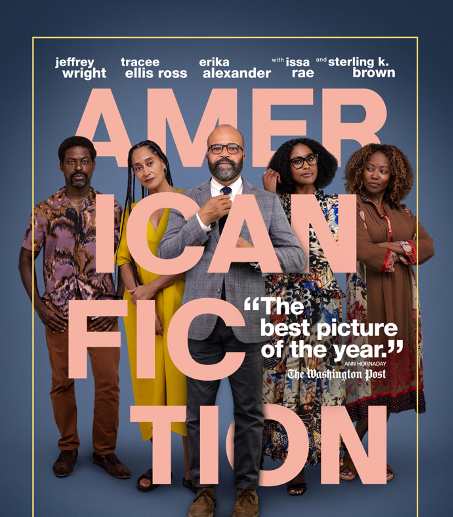
Halloween episodes can interact with a sitcom in one of two ways. They can offer the writers an opportunity to explore the show’s universe in ways that they would otherwise be unable to, or they can establish an unorthodox framework through which the show can present its ordinary fare.
The Halloween episodes of the American version of “The Office” are widely considered some of the show’s best. For one thing, this was a show that knew how to mine humor from its characters’ costume choices. In the season two episode “Halloween,” Jim Halpert (John Krasinski) simply dressed as “three hole punch Jim.” He placed three black paper dots vertically on the right side of his white shirt like a piece of notebook paper. In the same episode, Michael Scott (Steve Carell) lists his Halloween costumes of the previous four years, which include O.J. Simpson and Monica Lewinsky twice. But the episode rises above simply relying on these costumes to justify Halloween. Rather, it uses the backdrop of the drab Halloween office party to make the episode’s main storyline all the more darkly comic.
While everyone goes about their daily routine in ridiculous costumes, Michael is instructed by corporate to fire someone by the end of the day. He spends the day deciding whom to let go. After first conducting an elaborate role-play firing with Jim, he attempts to fire Creed. Creed, however, convinces him to fire Devon instead. So he fires Devon in front of the entire office. All of this dreadful behavior becomes funnier, and sadder, against the backdrop of the office Halloween festivities.
“Community” is another show that manages to make Halloween more than a mere costume party. The show is renowned in part for the innovative ways in which it plays with generic tropes. A prime example of this is the season two Halloween episode, “Epidemiology,” in which a barely-explained food poisoning incident infects some of the students at Greendale Community College with a virus that turns them into zombies. The zombies bite the uninfected, and the virus quickly spreads. None of our main characters escape.
The zombie versions of these characters are some of the funniest parts of the episode. Zombie Jeff Winger (Joel McHale) taps away at his iPhone blankly, just as cool as a zombie as he was human. Zombie Annie (Alison Brie) sits by a desk turning the pages of a book robotically. Zombie Troy and Abed clumsily execute the Troy and Abed handshake and walk off into the distance as friends.
There are many other sitcoms that use Halloween to effectively change up the pace or the structure of the show in creative ways (I would be remiss if I didn’t at least mention the “Treehouse of Horror” episodes of “The Simpsons.”) However, there are plenty others that simply tell stories that take place on Halloween. This approach isn’t necessarily a bad thing.
Take, for example, “The One with the Halloween Party,” a “Friends” episode from season eight. In it, the friends attend a Halloween party hosted by Monica and Chandler. Chandler’s costume, a fluffy pink bunny rabbit, is flat-out hilarious. Otherwise, the episode is just another solid episode of “Friends,” plus costumes. The friends hang out in their apartment, rag on each other and have dating mishaps. It’s not better or worse, or different in any meaningful way, than any other episode of the show.

Another example of this can be found in “The Slutty Pumpkin,” a season one episode of “How I Met Your Mother.” While the whole episode revolves around a Halloween party, it is for the most part a standard episode of “How I Met Your Mother.” Lily and Marshall delight in dressing up in couples costumes, Ted chooses his costume based on his romantic nature, Barney’s costume choice emphasizes his sleaziness and Robin, being too cool, doesn’t dress up at all. The costumes set up an episode that broadly examines each of its character’s main personality traits, like any other given episode of the truly mediocre “How I Met Your Mother.”
Special television episodes of any sort obviously offer interesting possibilities for showrunners and writers. Whether the show chooses to upend its usual structure or remain within its formulaic constraints, the artistic value of these episodes is unsurprisingly varied and depends on the skill and imagination of the creative forces behind the show. Therefore, it is no surprise that shows like “The Office” or “Community,” which regularly play with format, use their Halloween episodes in innovative ways, whereas shows that embrace the more traditional sitcom style do not.
Eli Fine can be reached at [email protected].


















